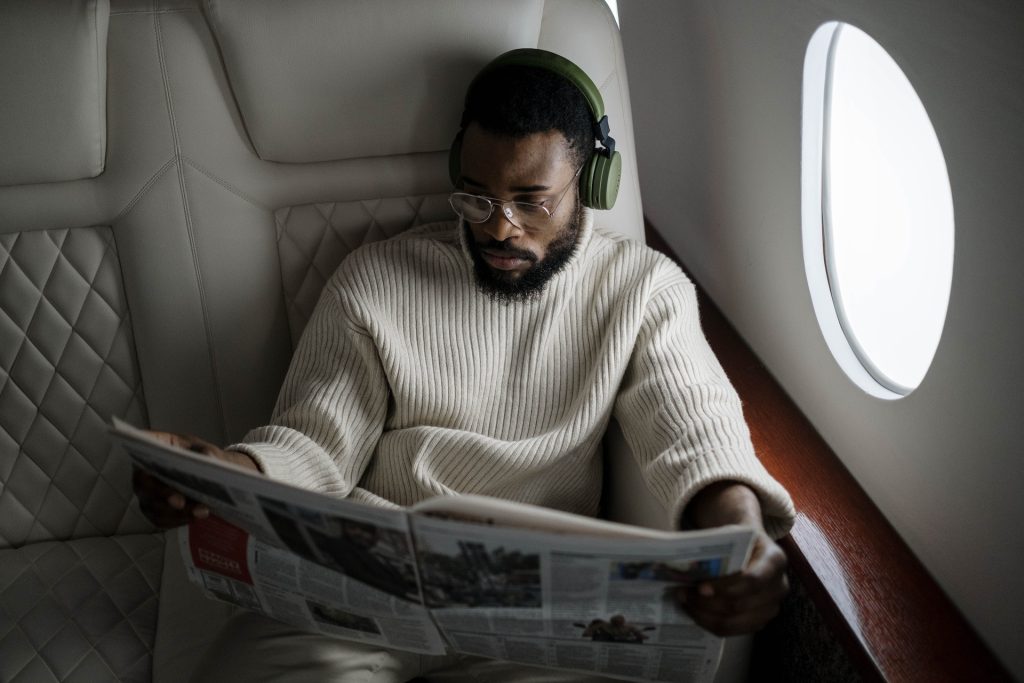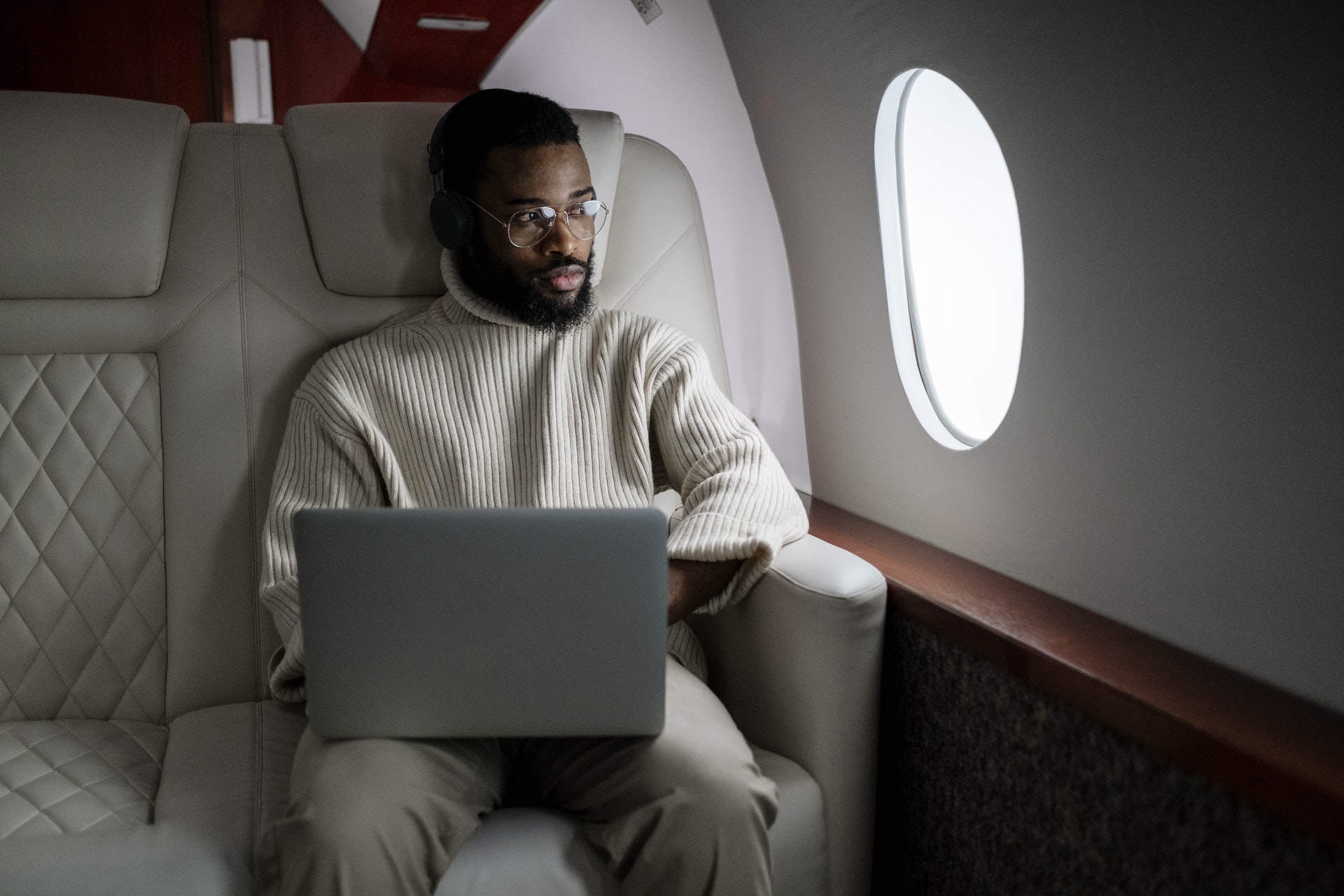For anyone considering the purchase of an aircraft, the initial anticipation can be thrilling. The prospect of shifting into a new lifestyle with flexibility and control over your travel can feel liberating.
First-timer’s often go into the process with preconceived ideas about what type of aircraft they think they should buy. It may be a specific size or model and based on criteria that may or may not be critical to the decision. Buying your first plane can be thrilling but there are practical considerations to keep in mind.
While initially exciting, the decision-making process can be sobering from an economic perspective. At the same time, it can open up opportunities to explore your family’s underlying goals — both as a lifestyle choice and an extension of your family’s values.
The why
The first thing to note when purchasing an aircraft is that financial gain isn’t usually the objective. The reality is that, from an investment perspective, an aircraft is expensive to maintain and will depreciate rapidly. The numbers just don’t work out. The only way it makes business sense is if the time saved multiplied by your earning capacity is greater than the total cost of ownership. So understanding what they’re trying to accomplish becomes important. The “why” behind the purchase becomes about lifestyle; individual, family or company goals; and priorities.
Preliminary technical analysis
While the purchase of an aircraft, from an economic standpoint, will likely be an endeavor that loses value, there are still practical and technical considerations that should go into the selection process.
The first factors to consider are how often you expect to use the plane, how far you intend to travel regularly and how many people you expect to travel with you. The goal is to select the right plane for the trips you want to take, whether they’re short trips to Aspen or longer trips to Europe. After narrowing your focus and identifying the right model and serial number, you’ll be able to conduct further analysis on the cost of operation based on the technical specifications for that particular aircraft, including variable costs such as fuel, landing fees, flight crew and maintenance programs as well as fixed costs like hangar rental, insurance and financing.
Make sure to find an aircraft that has a high-quality Wi-Fi system already installed. This may seem like a creature comfort, but the reality is that Wi-Fi is a priority for families and can cost up to $250,000 to upgrade if the existing system isn’t up to a certain standard. Staying connected is increasingly important, and that means ensuring you have the right equipment to do so.

Risk management
Once you identify a suitable aircraft, it will be important to decide how you want to structure ownership. Maintaining privacy is a concern for the majority of clients, and there are some practical ways clients can protect themselves. The right ownership structure is important: What type of entity should the aircraft be registered under? Will it be a double blind trust structure to offer additional distance between the aircraft itself and the individual? While some may want to see personalized paint schemes or flashy personalized tail numbers on their planes, the truly wealthy opt for nondescript paint and no markings. Predatory behavior toward wealthy families is a reality, and even these small details can help maintain privacy while at the same time protect the aircraft from corrosion.
One of the realities of owning an aircraft is that when there are issues, there’s a high probability of the outcomes being catastrophic. Reviewing and obtaining appropriate hull and liability insurance, and considering every possible situation, is a critical step in the process. Families should be thinking about whether their own children will be traveling with them on the plane and whether they will allow friends and their children as well. How will usage be affected if the aircraft owner becomes incapacitated? One of the biggest considerations is whether an entire family or an entire corporate leadership team will be allowed to travel together. All of these considerations should be documented in a family or corporate flight policy.
Finally, hiring the right flight crew can save hours of frustration and create efficiency. Sometimes people have their own flight staff, but if it becomes a hassle to maintain, they may turn to an outside management company. Hiring the right management company not only ensures continuity with a flight crew but also helps identify the other resources you need to operate and maintain your plane.
Communication
While the technical and risk management considerations are critical to address, discussing with family members how a private plane aligns with their goals is also important. Purchasing an aircraft is a very personal lifestyle choice and one that affects how a family may be perceived by others. In addition, there may be expectations around having a certain level of wealth as well as concerns about entitled behavior developing in children. Families often have questions about how their children will be affected and concerns about how to set expectations and communicate their family values. Reflecting on the “why” behind the purchase and communicating to your family how it aligns with your values can be an important exercise not only for this decision but also within the greater context of your family’s legacy planning.










